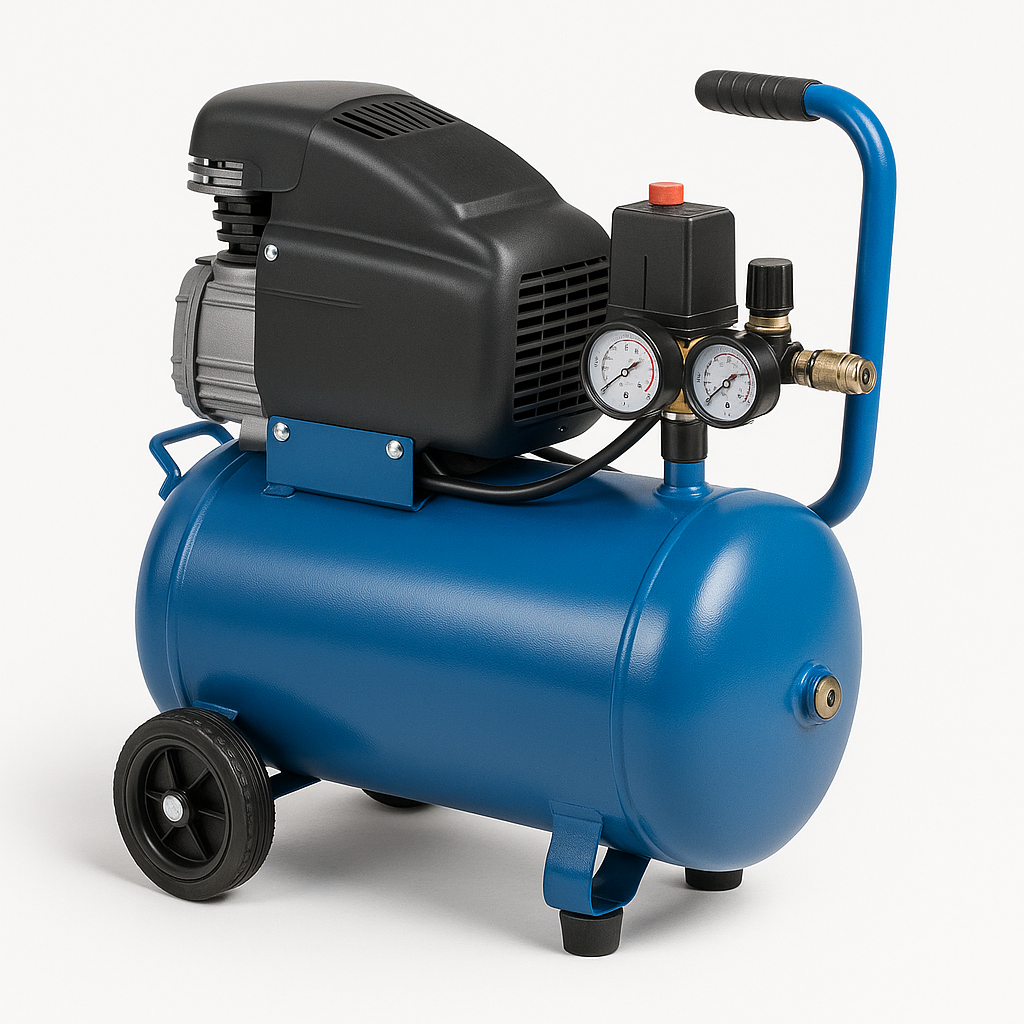It Is The History Of Long-Neck Sander Test
페이지 정보

본문
Understanding the Long-Neck Sander Test: An Overview for Professionals
The long-neck sander test is an essential assessment in numerous building and construction and painting jobs, mainly focusing on attaining smooth finishes on large surfaces. This article aims to inform experts about the specifics of the long-neck sander test, its value, method, and how it enhances work quality in different trades. We'll cover whatever from typical FAQs to particular details in tabular form, making sure a detailed understanding.
What is a Long-Neck Sander?
A long-neck sander, also understood as an extended reach sander, is a tool designed for sanding big surface areas-- especially ceilings or Winkelschleifer Test high walls-- that would otherwise be difficult to reach with standard sanders. The design generally consists of a long manage linked to a sanding head, allowing users to accomplish a smooth surface without the requirement for scaffolding or ladders.
| Type of Long-Neck Sanders | Description | Best Use Case |
|---|---|---|
| Pneumatic Sanders | Air-powered, light-weight | Industrial and automotive applications |
| Electric Sanders | Corded or cordless | Residential paint and drywall finishing |
| Manual Sanders | Hand-held but extended | Touch-ups and detail work |
Importance of the Long-Neck Sander Test
The long-neck sander test serves multiple functions, including:
Surface Quality Assurance: Ensuring that a surface is uniform and without imperfections might avoid issues in subsequent work phases, akku schlagschrauber füR Radwechsel such as painting or sealing.
Functional Efficiency: By assessing the efficiency of a long-neck sander, professionals can identify the best method and strategies that will conserve time and resources.
Security Assurance: Reducing the requirement for scaffolding or comprehensive ladder work minimizes fall threats, Schwingschleifer Günstig thus promoting a much safer workplace.
Methodology of the Long-Neck Sander Test
Performing a long-neck sander test includes numerous steps that ensure both quality and efficiency.
Preparation:
- Obtain the required tools: long-neck sander, sandpaper of numerous grits, dust mask, security goggles.
- Guarantee the workspace is clear of debris.
Test Surface Selection:
- Choose an area of the material you prepare to sand. This could be drywall, wood, or other surfaces.
Sanding Technique Assessment:
- Evaluate the various sanding methods such as orbital, direct, and cross-sanding.
- Akku Schlagschrauber FüR Kfz Mit Hohem Drehmoment Test different grits to identify ideal results for the material.
Observation and Measurement:
- Visually inspect for scratches, unevenness, or any indications of imperfection.
- Use sanders with specs that permit measurement for precise outcomes.
Documentation:

- Record findings, including surface area condition before and after sanding.
- Note any problems encountered and potential resolutions.
Common Issues and Solutions
Throughout the long-neck sander testing process, various concerns can arise. Here's a table summing up the common issues and their options:
| Issue | Potential Cause | Option |
|---|---|---|
| Uneven surface after sanding | Incorrect sanding technique | Change method, try various angles |
| Extreme dust build-up | Poor vacuum attachment | Make sure proper vacuum connection |
| Gouged surface | Too coarse sandpaper | Start with finer grit sandpaper |
| Maker getting too hot | Extended usage or inappropriate maintenance | Permit a cooling period and inspect motor functionality |
Frequently asked questions About the Long-Neck Sander Test
1. What kinds of surfaces can a long-neck sander be used on?
Long-neck sanders are ideal for drywall, plaster, wood, and some concrete surfaces. Each surface area might require particular sanding pads or techniques.
2. How do I know which grit sandpaper to use?
Picking the best grit involves beginning with a coarser grit for heavy material removal, then moving towards finer grits for smoothing out the surface.
3. Is a long-neck sander essential for little jobs?
While valuable for big areas, for little tasks or information, a manual sander may be sufficient. Nevertheless, using a long-neck sander usually supplies a more consistent surface.
4. Exist any safety issues connected with utilizing a long-neck sander?
Yes, it is important to use safety goggles and a dust mask to prevent breathing in dust and avoid eye irritation. Additionally, ensure proper body posture to avoid stress.
5. How frequently should the sandpaper be altered?
The frequency of sandpaper replacement differs depending upon the material being worked on and schleifmaschine Für Holz Kaufen the depth of sanding. Usually, once the sandpaper appears clogged up or ineffective, it needs to be changed.
The long-neck sander test is an important process in lots of building and finishing applications, making sure high standards of quality and safety. By understanding the numerous approaches, prospective concerns, and FAQs surrounding this tool, professionals in the field can boost their workflow and provide extraordinary outcomes consistently.
Investing time in mastering long-neck sander strategies will not just improve surface finishes but likewise contribute to a more efficient and safer work environment. Whether dealing with large-scale industrial tasks or smaller residential ones, the tools and knowledge originated from the long-neck sander test are indispensable assets.
- 이전글A Productive Rant About Bifold Door Repairs Near Me 25.10.30
- 다음글장기렌트 출고와 특가 경쟁 본격화, 개인·사업자 맞춤형 시장으로 변화 25.10.30
댓글목록
등록된 댓글이 없습니다.